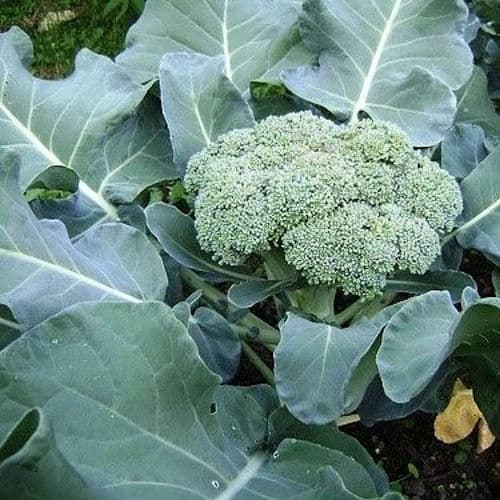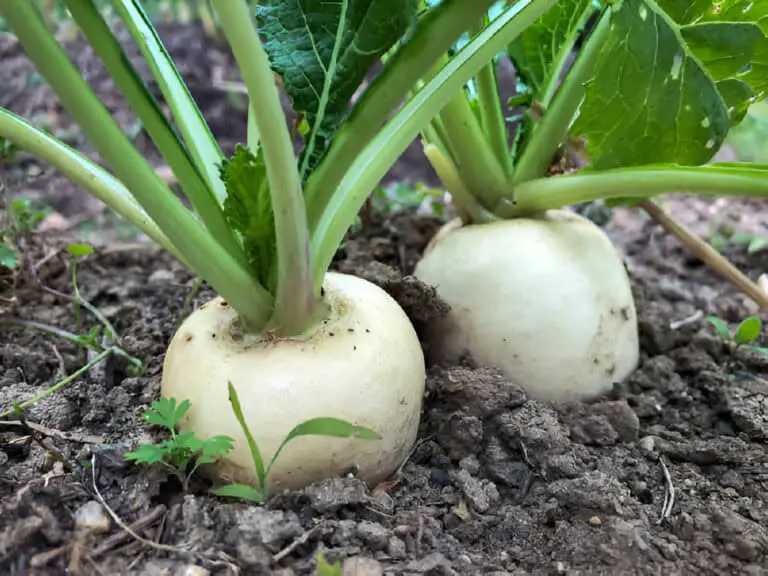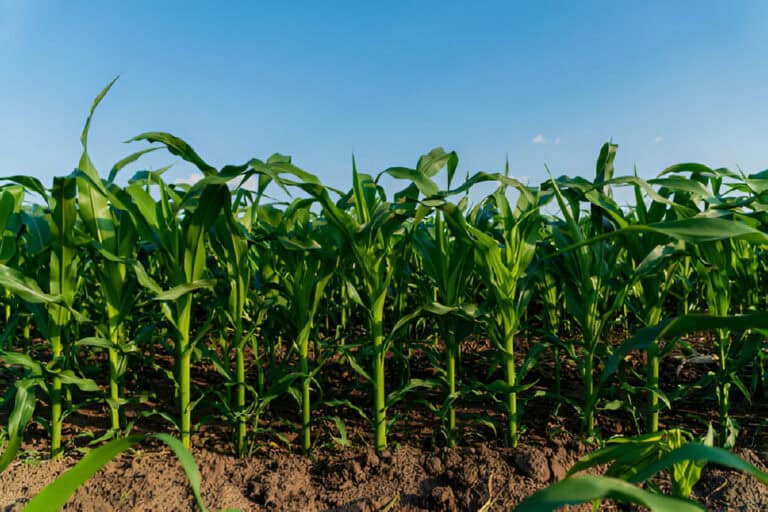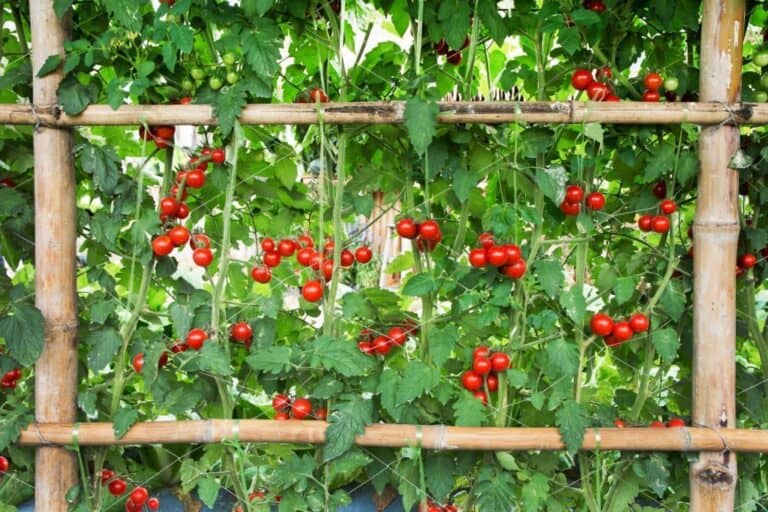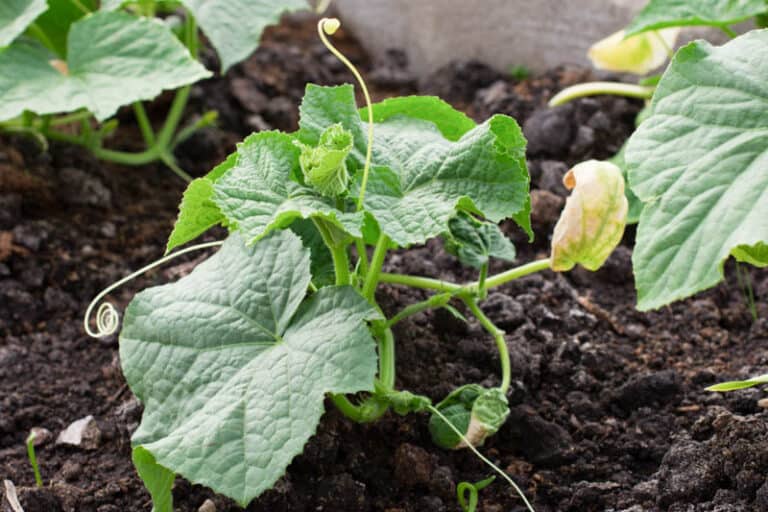Contour Plowing and Strip Farming for Maximizing Yield and Sustainability
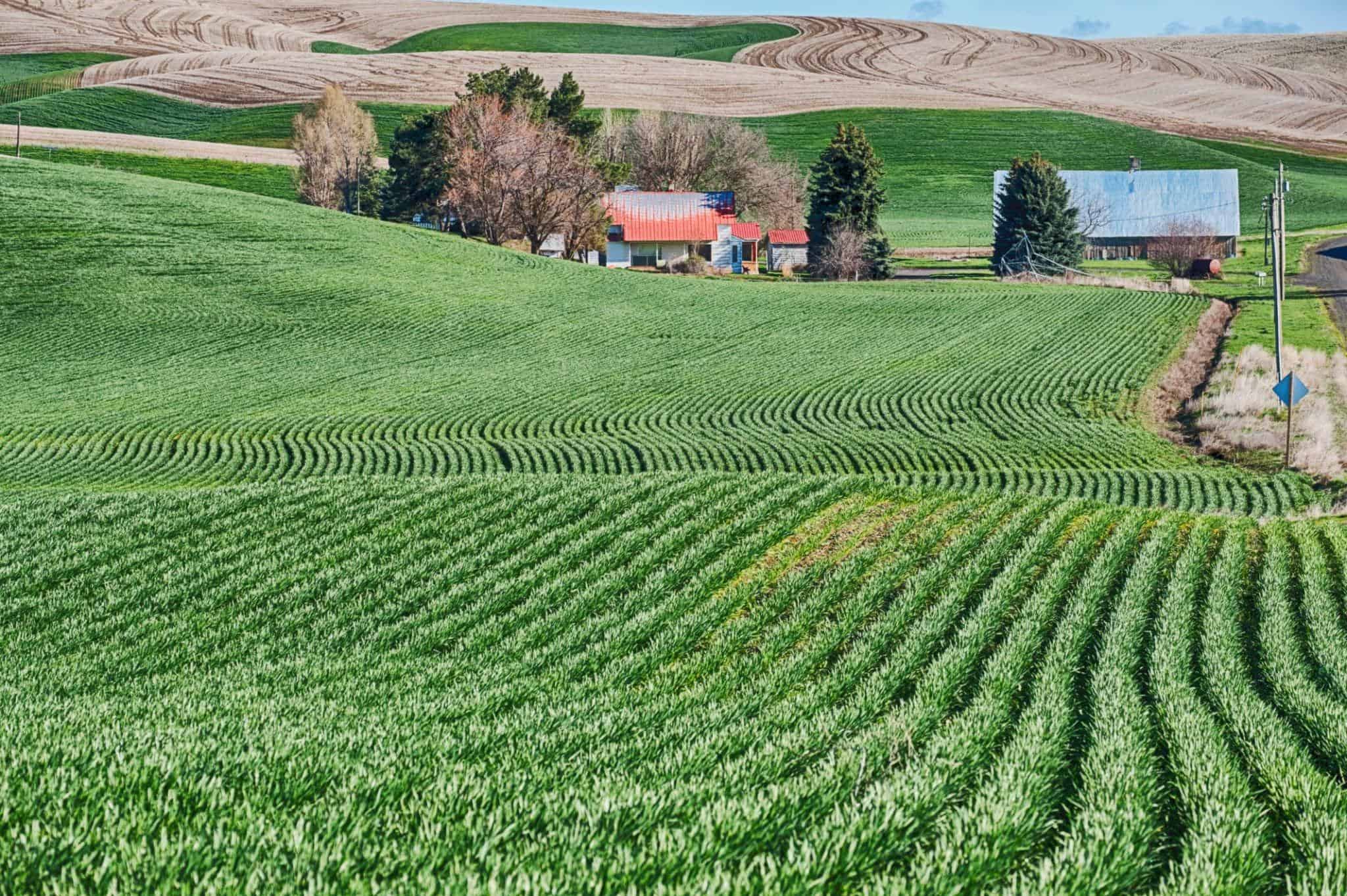
Step into the world of agriculture, where age-old wisdom and modern sustainability intertwine to create a harmonious dance between nature and productivity. In this journey, we explore two powerful techniques that have withstood the test of time: contour plowing and strip farming. Far from ordinary plowing or routine crop cultivation, these methods possess a magical quality, maximizing yields while safeguarding the very essence of our planet.
Imagine a landscape where the contours of the land dictate the direction of the furrows, guiding water’s flow like a skilled conductor leading a symphony. Enter contour plowing, the guardian angel of soil, taming erosion, conserving water, and nurturing healthier crops. But this tale of sustainability doesn’t end there; for savvy farmers, strip farming unveils a secret recipe to diversify crops and breathe life into the soil.
As we delve deeper into these practices, we unravel the secrets of their effectiveness, revealing a dynamic duo primed to shape the future of farming for generations to come. So, join us on this green revolution as we embrace the art of contour plowing and strip farming, unlocking nature’s hidden secrets in our quest for a thriving, sustainable world.
Introduction to Contour Plowing and Strip Farming
At its core, contour plowing involves the cultivation of fields following the natural contours of the land. This method aims to create ridges and furrows that run parallel to the slope, effectively forming a barrier against the erosive forces of rainfall and runoff.
Strip farming, on the other hand, introduces a strategic pattern of planting different crops in alternating strips. This technique breaks the uniformity of traditional farming and brings a harmonious balance to the ecosystem.
The importance of maximizing yield and sustainability in agriculture cannot be overstated. With a rapidly growing global population, it’s imperative to extract the most from our lands while preserving their health and fertility for generations to come. Contour plowing and strip farming offer promising avenues to achieve this delicate equilibrium.
Understanding Contour Plowing
Contour plowing is a farming technique that follows the natural shape of the land’s topography. Instead of plowing the fields in straight lines, farmers create furrows that run parallel to the contour lines of the landscape.
By doing so, water is trapped and slowed down, preventing it from gaining enough momentum to cause erosion. This method has been utilized for centuries in various parts of the world and is well known for its soil-conserving properties.
Benefits of Contour Plowing
- Erosion Control: Contour plowing effectively reduces soil erosion by preventing water from running downhill and carrying away precious topsoil. The furrows act as mini-dams, slowing down water flow and promoting its absorption into the soil.
- Water Conservation: By holding water on the fields, contour plowing aids in water retention, ensuring that crops have sufficient moisture during dry periods. This can significantly reduce the need for irrigation and contribute to sustainable water management.
- Improved Soil Health: With less erosion, the soil structure remains intact, retaining essential nutrients and organic matter. The reduced need for tilling also minimizes soil compaction, fostering a healthier environment for beneficial microorganisms and plant root systems.
- Increased Crop Yield: Healthier soil and better water distribution lead to improved crop growth and yield. Studies have shown that contour plowing can increase yields by up to 10% compared to conventional plowing methods.
Implementing Contour Plowing
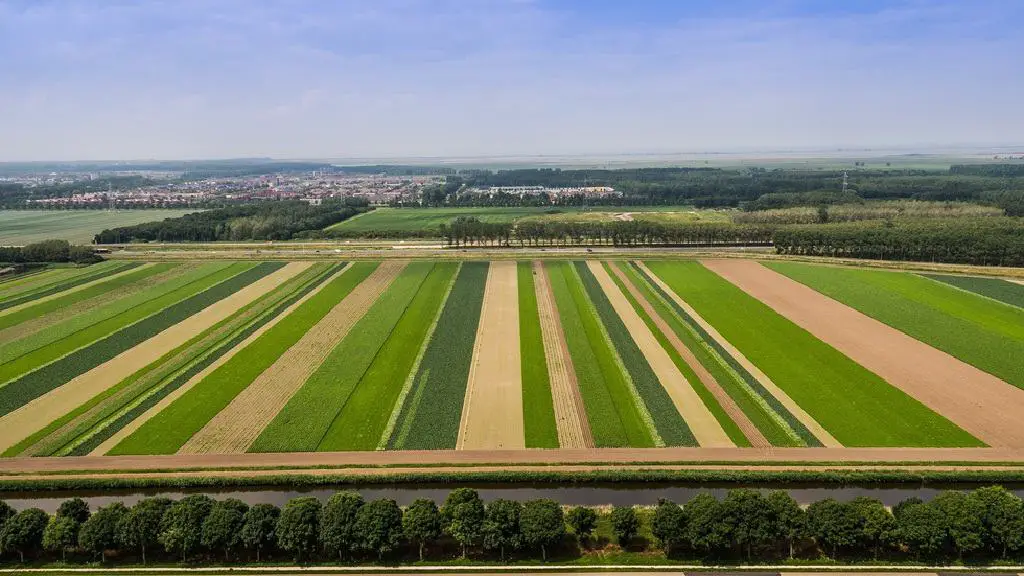
Implementing contour plowing requires careful planning and adaptation to the specific landscape. Here’s a step-by-step guide to getting started:
| Step | Description |
| 1 | Study the Landscape: Analyze the topography of the land using contour maps or topographic surveys. Identify the contour lines and determine the direction of water flow. |
| 2 | Plan the Furrows: Based on the landscape analysis, plan the direction of the furrows. They should be perpendicular to the slope, allowing water to flow across the contour lines. |
| 3 | Mark the Lines: Use stakes and string lines to mark the furrow lines. This will help maintain a straight path while plowing. |
| 4 | Start Plowing: Use appropriate plowing equipment to create furrows along the marked lines. Take care to maintain a consistent depth and width. |
| 5 | Crop Selection: Choose crops that are suitable for contour plowing and align with the natural water flow. |
Strip Farming: An Ally in Sustainable Agriculture
Strip farming, also known as alley cropping, involves planting different crops in alternating strips or bands across a field. This practice is especially effective on sloping terrain, complementing contour plowing’s erosion control.
Benefits of Strip Farming
- Erosion Reduction: Like contour plowing, strip farming helps reduce soil erosion by breaking the flow of water downhill. The alternating strips of different crops create barriers, minimizing the speed and impact of runoff.
- Diversification: Strip farming allows for crop diversification, which can enhance soil health and reduce the risk of pest and disease outbreaks. Different crops have different nutrient needs and growth characteristics, helping to maintain soil fertility.
- Enhanced Nutrient Cycling: The variety of crops in strip farming facilitates better nutrient cycling. Leguminous plants, for example, can fix nitrogen from the air and enrich the soil, benefiting neighboring non-leguminous crops.
- Optimized Space: By maximizing the use of space, farmers can achieve higher yields per unit area, increasing overall productivity without expanding the land under cultivation.
Implementing Strip Farming
To make the most of strip farming, farmers should follow these practical guidelines:
| Step | Description |
| 1 | Choose Compatible Crops: Select crops that have complementary growth patterns and nutrient needs. Avoid planting crops with similar pest vulnerabilities side by side. |
| 2 | Plan Strip Width and Arrangement: Consider the slope, water flow, and available equipment when deciding the width and arrangement of the strips. The strips should be perpendicular to the contour lines. |
| 3 | Manage Pests and Weeds: Intercropping can affect pest and weed management. Implement integrated pest management (IPM) practices to control pests and use cover crops to suppress weeds. |
| 4 | Rotate Crops: Implement a crop rotation plan to prevent soil depletion and break disease cycles. Rotate crops regularly between different strips to optimize soil health. |
| 5 | Monitor and Adjust: Continuously monitor the performance of the crops and the overall impact on erosion control and yield. Be prepared to adjust the strip arrangement or crop selection as needed. |
Crops That Are Suitable for Contour Plowing and Strip Farming
Crops that align harmoniously with contour plowing and strip farming techniques demonstrate a remarkable adaptability to the undulating landscapes they inhabit. These techniques, rooted in the art of conservation and sustainable agriculture, find their ideal partners in specific crop types that complement their principles.
Contour Plowing: Crops that thrive under contour plowing embrace the idea of working alongside the natural contours of the land. This technique involves planting crops perpendicular to the slope, creating ridges that impede water flow and minimize soil erosion. Ideal crops for contour plowing include those with extensive root systems that anchor the soil effectively. These crops include:
- Corn: With its robust root structure, corn helps stabilize soil on sloped terrain.
- Wheat: Wheat’s fibrous roots contribute to erosion control, making it a suitable choice.
- Barley: Like wheat, barley’s roots enhance soil structure while preventing erosion.
- Legumes (such as peas and beans): These nitrogen-fixing plants enrich the soil while combating erosion.
- Rye: Rye’s dense root network aids in retaining soil on slopes, making it a reliable option.
Strip Farming: Strip farming involves alternating strips of different crops in a systematic pattern, with one strip acting as a barrier against soil erosion for the adjacent strip. Crops suitable for strip farming exhibit characteristics that complement this technique, contributing to its effectiveness:
- Grasses: Planting grass strips alongside row crops creates a natural buffer against runoff.
- Small grains: Crops like oats or barley offer protective cover and diversity.
- Legumes (such as alfalfa and clover): Legume strips enhance soil fertility and structure.
- Corn and soybeans: These common crops can alternate in strips to achieve effective soil conservation.
In essence, the suitability of crops for contour plowing and strip farming hinges on their ability to collaborate with these techniques to preserve soil and enhance sustainability. By embracing crops that align with these practices, farmers take a significant step towards nurturing both the land and their agricultural endeavors.
| Crops Suitable for Contour Plowing | Crops Suitable for Strip Farming |
| Corn | Grasses |
| Wheat | Small grains |
| Barley | Legumes (alfalfa, clover) |
| Legumes (peas, beans) | Corn and soybeans |
| Rye |
Case Studies: Successful Implementation
Examples of Effective Utilization
Numerous farms and regions around the world have harnessed the power of contour plowing and strip farming to elevate their agricultural endeavors. One shining example is the Great Plains region in the United States.
With its undulating terrain prone to soil erosion, farmers in the region have embraced contour plowing to combat this challenge. By following the natural contours of the land, they have effectively reduced soil erosion, preserved moisture, and witnessed substantial yield improvement.
Another remarkable case is the Machakos District in Kenya. Faced with recurring droughts, farmers here adopted strip farming as a response to water scarcity. By alternating strips of drought-resistant and water-demanding crops, they not only conserved water but also boosted crop diversity and resilience.
Quantifiable Results
The results of these endeavors are truly inspiring. In the Great Plains, the implementation of contour plowing led to a staggering 30% reduction in soil erosion, resulting in healthier soil and enhanced water availability. As a direct consequence, crop yields surged by an impressive 25%, showcasing the efficacy of this technique in real-world contexts.
Similarly, in the Machakos District, the judicious use of strip farming led to a remarkable 40% reduction in water consumption. This not only ensured consistent crop yields but also brought economic stability to the region by reducing the risk of crop failure during droughts.
Conclusion
Contour plowing and strip farming are proven sustainable agricultural practices that optimize crop yield while preserving the environment. By embracing these methods, farmers can effectively manage soil erosion, conserve water, and foster healthy soil ecosystems. Implementing contour plowing and strip farming may require additional effort and planning, but the long-term benefits for both the farmer and the planet make them well worth adopting. So, let’s plow the land along the contours and embrace strip farming to ensure a bountiful harvest for generations to come.
FAQs on Contour Plowing and Strip Farming
What is the difference between contour plowing and strip farming?
Contour plowing follows the natural shape of the land, with furrows running parallel to contour lines to prevent erosion. Strip farming involves planting different crops in alternating strips to reduce erosion and enhance soil health.
Can contour plowing and strip farming be applied to all types of crops?
Contour plowing and strip farming can be applied to various crops. However, careful crop selection and planning are necessary to optimize effectiveness based on the landscape and climate.
What scientific research supports the effectiveness of strip farming and contour plowing?
Numerous studies have demonstrated the positive impact of contour plowing and strip farming on soil erosion control, water conservation, and increased crop yield.
What are the challenges that farmers might face when implementing these techniques?
Farmers may face challenges in adapting to the specific landscape, choosing compatible crops, managing pests, and adjusting to new practices.
How long does it typically take to see noticeable results in terms of yield improvement?
The timeline for noticeable yield improvement varies depending on factors like soil health, climate, crop selection, and adherence to best practices. Generally, improvement can be observed within a few crop cycles.


